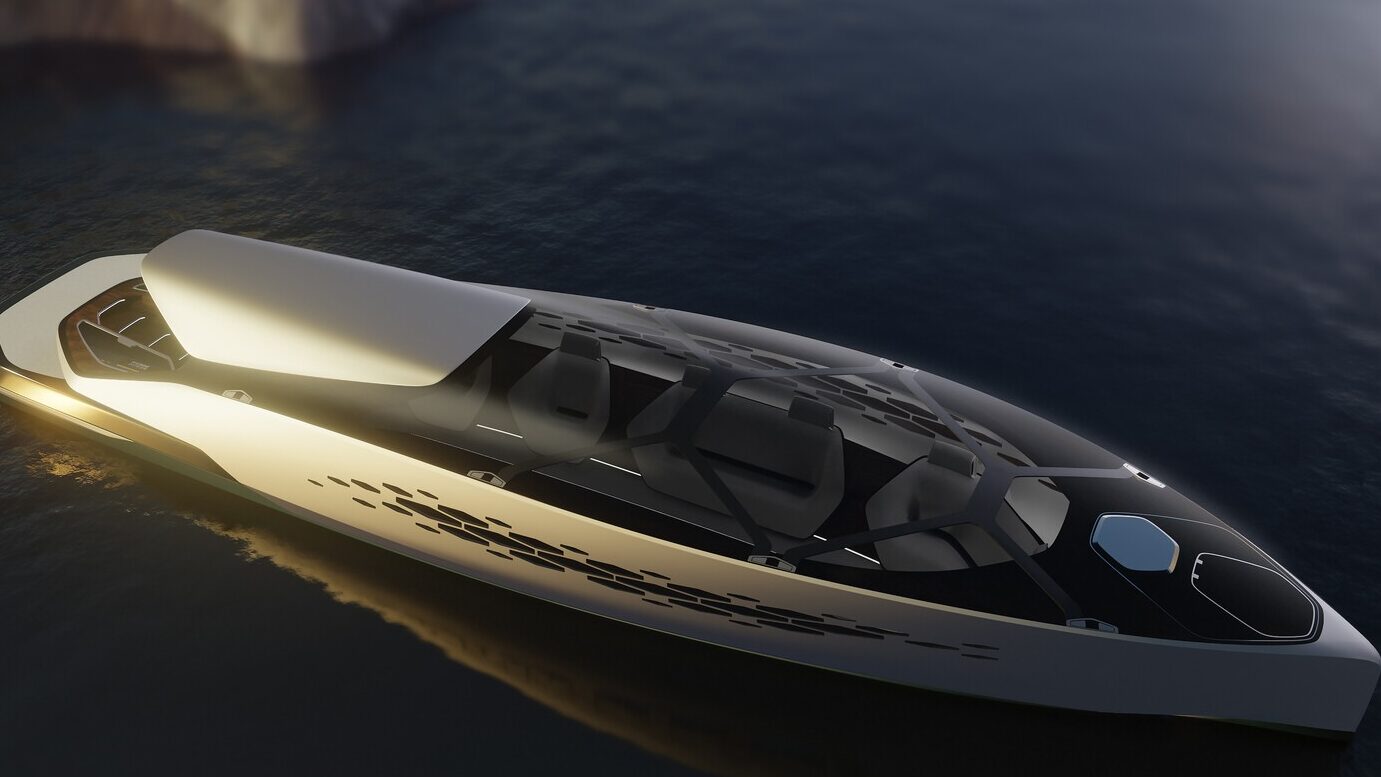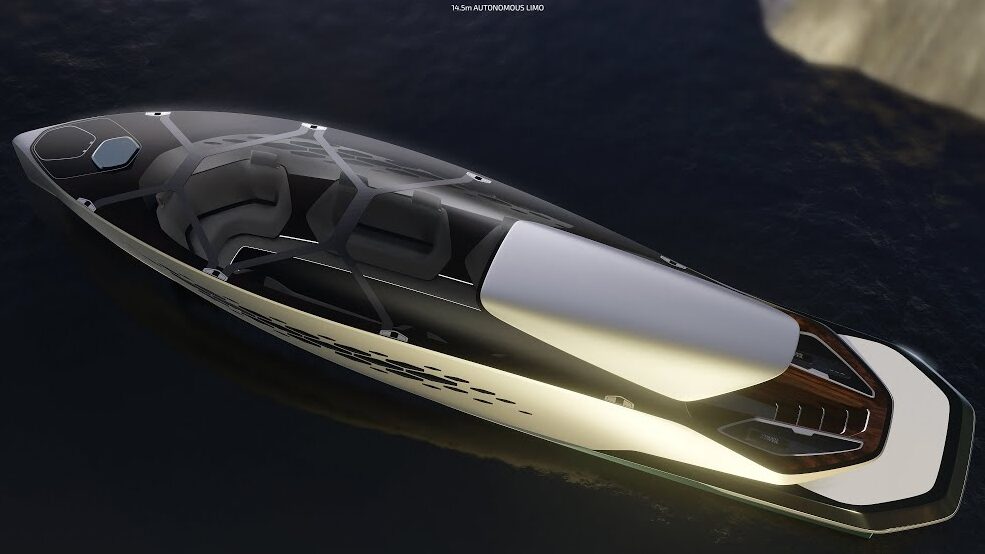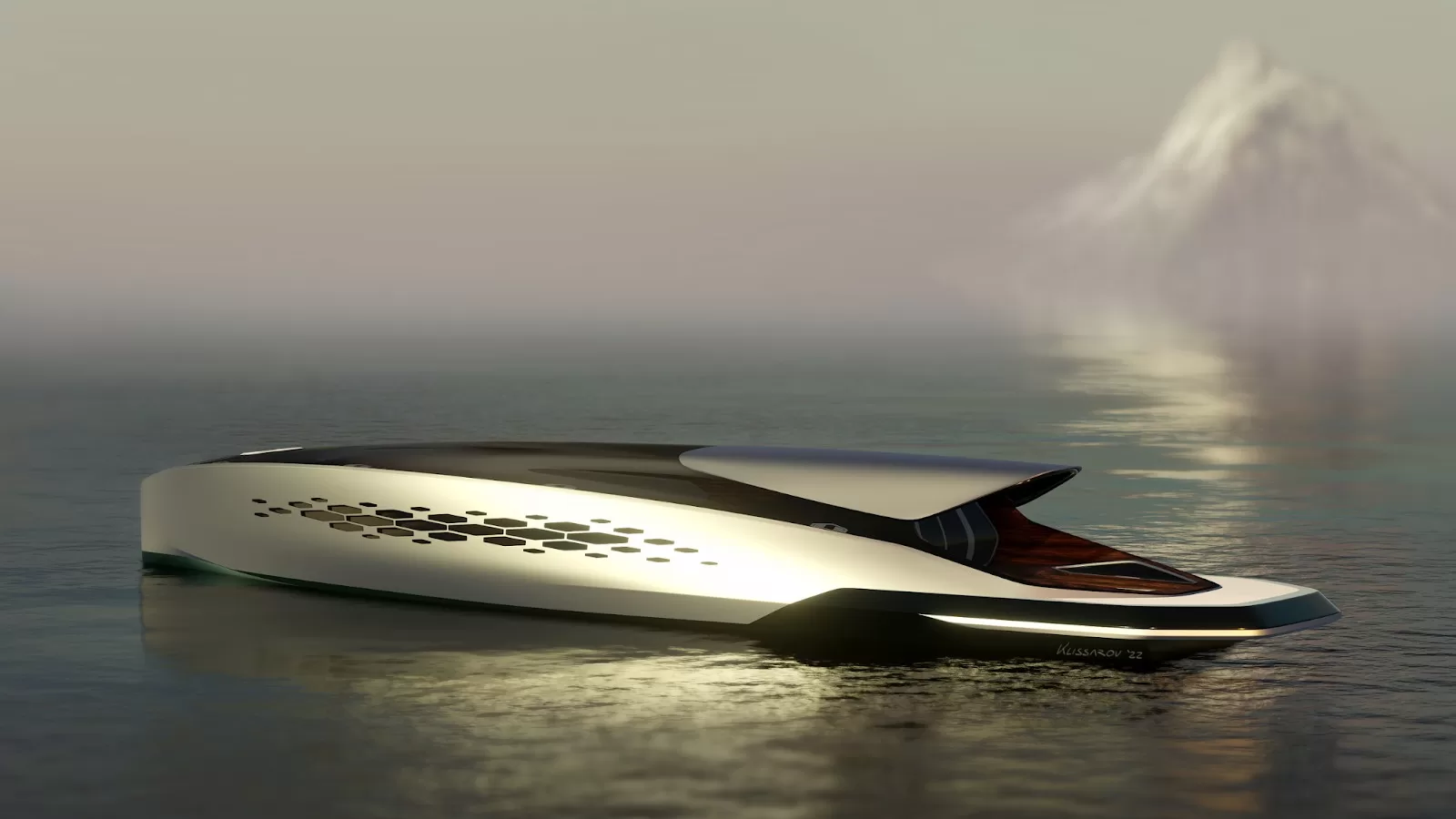As autonomous navigation becomes the norm on superyachts, the pilothouse will become an augmented-reality center underneath the decks.
Over the last 10 years, most superyacht pilothouses have transitioned from purely functional to space-age sophisticated.
The helm, now as sophisticated and stylish as the rest of the vessel, can take a bow after hundreds of yards of cable have been replaced with digital switching systems and sleek, Star Trek-style touchscreens.

We could soon see another major transition, this time towards fully autonomous navigation. “When the technologies we’re working on are ready, they’ll bring a revolution to wheelhouse design,” according to Massimo Minnella, founder and designer of Team Italia, which creates pilothouses resembling spaceships.
It looks like a science fiction movie has been turned into a reality thanks to the creative works of various designers. It includes Moondance by Emmanuel Klissarov, Pagoda by Ultra Design, Pure by Feadship, and Solaris by the Paul Agency. “Increased autonomy and especially level 5 [full automation] will provide the designers with unprecedented freedom to express their creativity,” notes Klissarov.
The autonomy of the pilothouse allows designers to implement more innovative design possibilities, including redefining the basic layout, by replacing the human element. “The interior layouts can be set free by autonomous navigation and situational awareness sensors,” explains Ultra’s design head Joonas Vartola. “There will be visible design changes in the overall look of vessels, proportion-wise, but also feature-wise with a significant focus outward. The yachts will open up,” he added

It is no longer necessary for superyachts to have a conventional bridge on the upper forward deck. Designers can instead use those upper decks that offer 360-degree views to owners and guests. In Feadship’s Pure, for example, the “Command Center” pilothouse has been relocated to a lower deck, and navigational data is projected onto the screen through 360-degree augmented reality displays. Captains control the ship from a small console behind no windows deep inside the boat. The space that had been a pilothouse has been repurposed.
According to De Voogt senior specialist Bram Jongepier, autonomous systems are already common on submarines and naval vessels. Though Jongepier is aware of Feadship’s “controversial proposal,” he says “superyachts revolve around their owners, and many choose to have a forward-facing stateroom in the wheelhouse area. The bridge’s profile is impacted by placing it higher up.”
With the pilothouse removed, the Pagoda concept makes the boat look sleeker by completely eliminating it, adding Joksa Heikkila from Ultra Design.

Other designers associate autonomy with enhanced views, but on different types of vessels. Moondance is Klissarov’s limousine tender for a superyacht that is autonomous, so forward views are more clear. With its “variable opacity” hull sides (think tinting windows) and “stargazing” roof, guests and owners will have a unique experience when traveling to and from the mothership.
Paul Cazaux-Debat, of the Paul Agency, says that the autonomous changes will automatically lead to new ways to utilize the yacht. “Improved autonomy will make the user experience easier and more enjoyable,” he notes. “Autonomy opens up the possibility to create different activities onboard.”
There’s no telling how the autonomous revolution will eventually play out, but it’s clear it’ll shape superyacht design more than it will steer it.



